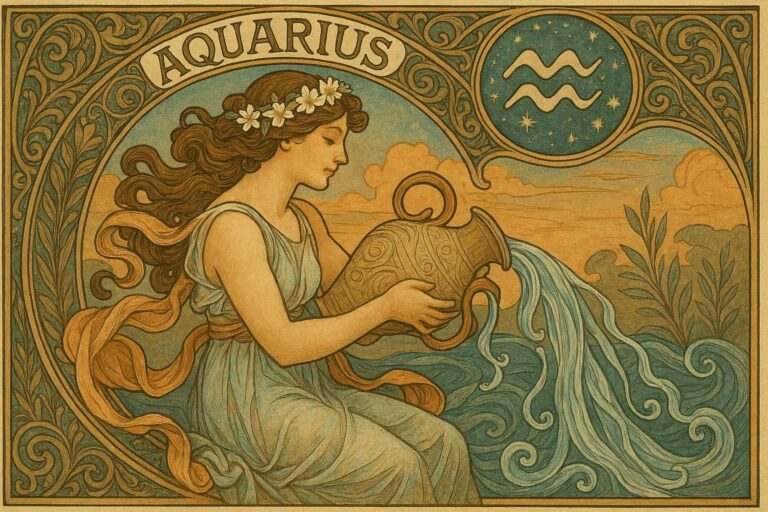Hanukkah Traditions and Their Spiritual Meaning
Hanukkah is a worldwide holiday celebrated for eight days amidst Jewish traditions. Falling in November or December on the Gregorian calendar, it begins on the 25th day of the Hebrew month Kislev. According to ancient writings, it commemorates the dedication of Jerusalem’s Second Temple in 2 B.C.E. Here are the traditional events associated with this celebration.
Menorah Lighting
A small group of Maccabees, or Jewish warriors, overthrew the Seleucid empire, which had occupied and desecrated the Temple. After reclaiming it, they found only one oil container to light the menorah or candelabrum. Instead of lasting one day, it lasted eight, and is now known as the “Hanukkah miracle.”
Lighting a menorah marks the beginning of Hanukkah, which means dedication. Over the years, cultural changes have deviated from the original methods of celebration. Originally, they only lit one candle to celebrate the Temple’s rededication and the sacred menorah. After a period of time, they lit eight candles, one on each of the eight nights of the celebration. Now, there are nine-branched menorahs, and one is used to illuminate the others.
Menorah Displays
Another part of the celebration is publicly displaying the miracle of the original event, when a day’s supply of oil produced light for eight days. In keeping with tradition, Jews place the menorah in the front window of their home. This serves as a public announcement of a miracle occurrence. In the last decade, public menorah-lighting ceremonies have been held alongside Christmas tree lightings. This has happened only in America, suggesting a broader acceptance of Jewish culture.
Playing the Dreidel
A dreidel, or spinning top, is a simple toy that’s most commonly associated with Hanukkah. Although stories of dreidels go back to ancient times, they’re considered folklore, rather than part of original Jewish traditions. The 18th Century marks the first mention of dreidels in Jewish written works.
Dreidels have four sides with different German letters indicating whether the spinner takes all, half, or none of the coins in the pot. The German letters in the game’s instructions also formed the first words of the Yiddish phrase meaning, “a great miracle happened here.”
Giving Gelt
Gelt is Yiddish for money, and the 16th-century records show Jews giving gelt to the poor. It references Italian and Sephardic traditions of money collecting to make or buy clothes for poor local schoolchildren. In the 19th century, Eastern European Jews began giving their children coins as Hanukkah gifts.
Immigrants brought their Jewish tradition to America, and by the 1920s, confectioners began making gelt or chocolate coins wrapped in gold foil. These traditions continue today. Typically, symbols of the ancient Temple and Maccabees are depicted on the coins.
Hanukkah Songs
Hanukkah songs are numerous and range from traditional, religious, and silly songs. “Maoz Tzur” was originally a poem and is now a praise song. Other songs are “Hanukkah, Oh Hanukkah and “I Have a Little Dreidel.” Modern times have produced Hanukkah songs like Peter, Paul, and Mary’s “Light One Candle,” which tells the story of the Maccabees’ fight for freedom and praises other 20th-century freedom fighters
Food Cooked in Oil
Food cooked in oil also points to the miracle of the oil, which lasted eight days. This is an American Hanukkah celebration. However, a wide variety of dishes, including potato pancakes or “latkes,” are served by some Northern and Eastern European Jews. Jews in other regions eat a variety of doughnuts.
Gift Exchange
Gift-giving has been part of the Jewish holiday Purim in the spring, and of Hanukkah. American Jews began this Christmas custom in the 1880s. Jewish immigrants were encouraged to buy Hanukkah gifts for their children. Now, some families give their children a present for each night of the celebration.
Eating Dairy
During Hanukkah, dairy foods like cheesecake and blintzes are eaten as part of the celebratory time. This concept began with the Jewish holiday Shavuot, which occurs in late spring/early summer. Eating dairy foods commemorates Judith, a legendary heroine, who used them to tempt an evil general. This led to his death, which saved the Jewish nation.
Conclusion
The Jewish traditions of Hanukkah include lighting the menorah, displaying it, playing the dreidel, giving gelt, singing songs, eating food cooked in oil, exchanging gifts, and eating dairy. Each celebrates this eight-day holiday, which originated in ancient times and remains a tradition to this day.





